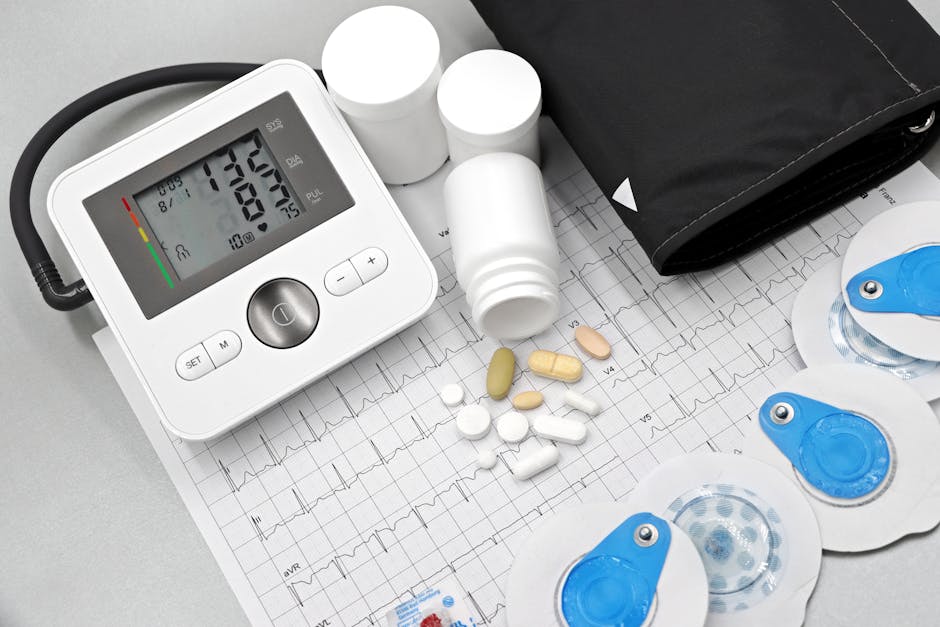Speculum Exam: A Comprehensive Guide for Patients
Understanding the Speculum Exam
A speculum exam is a routine procedure used by healthcare providers, primarily gynecologists and other healthcare professionals, to visually examine the vagina and cervix. It’s a common part of many gynecological visits, often used for preventative care, diagnosis, and treatment of various conditions. While the idea of a speculum exam might seem daunting, understanding the procedure and its purpose can alleviate anxiety and promote a more comfortable experience.
What is a Speculum?
A speculum is a medical instrument, usually made of metal or plastic, designed to gently open the vaginal walls, providing clear visibility of the cervix and vagina. Different types of speculums exist, each designed to accommodate varying vaginal anatomies. Your healthcare provider will select the appropriate speculum based on your individual needs and comfort.
Why is a Speculum Exam Necessary?
Speculum exams serve several crucial purposes in women’s healthcare:
- Pap Smear (Cervical Cancer Screening): This is perhaps the most common reason for a speculum exam. The speculum allows the healthcare provider to easily collect cells from the cervix for analysis, screening for precancerous or cancerous changes.
- HPV Testing: Human papillomavirus (HPV) is a sexually transmitted infection that can lead to cervical cancer. A speculum exam facilitates the collection of cervical cells for HPV testing.
- Diagnosis of Vaginal or Cervical Infections: Visual inspection via a speculum allows the healthcare provider to identify signs of infections like bacterial vaginosis, yeast infections, or trichomoniasis.
- Assessment of Vaginal Bleeding: Abnormal vaginal bleeding can be a symptom of various underlying conditions. A speculum exam helps determine the source and cause of the bleeding.
- Examination of Cervical Polyps or Other Lesions: The speculum allows for the visualization and potential removal of benign growths or abnormalities on the cervix.
- Insertion of IUDs or Other Contraceptives: A speculum is frequently used to assist in the insertion of intrauterine devices (IUDs) and other contraceptive devices.
- Colposcopy: This procedure uses a colposcope, a magnified viewing instrument, in conjunction with a speculum to closely examine the cervix for abnormalities.
- Biopsy: In some cases, a small tissue sample may be taken from the cervix or vagina for further analysis under a microscope. The speculum aids in this process.
The Procedure: What to Expect
The speculum exam is typically a quick and relatively painless procedure. However, some discomfort is possible. Here’s a step-by-step breakdown:

- Preparation: You’ll be asked to undress from the waist down and lie on an examination table with your feet in stirrups. A drape will be provided for privacy.
- Lubrication: The speculum will be lubricated with a water-based lubricant to minimize discomfort.
- Insertion: The healthcare provider will gently insert the speculum into the vagina. Some patients may experience a slight pressure or stretching sensation, but it should not be intensely painful. Communicating any discomfort to your provider is crucial.
- Examination: Once the speculum is in place, the provider will visually inspect the vagina and cervix. This may involve taking samples for Pap smears, HPV tests, or other diagnostic procedures.
- Removal: The speculum is gently removed. The entire process usually takes only a few minutes.
Managing Discomfort
While most women experience minimal discomfort, some may feel more pressure or cramping. Deep breathing exercises can help relax the muscles and reduce discomfort. Communicating with your healthcare provider is key; they can adjust their technique or provide additional lubrication if needed. Don’t hesitate to ask questions or express concerns during the procedure.
Types of Speculums
Several types of speculums are available, each with its own design and advantages. The choice of speculum depends on factors such as the patient’s anatomy and the reason for the exam. Some common types include:

- Graves Speculum: This is a widely used, bivalve speculum that opens and closes with a screw mechanism. It’s known for its versatility and ease of use.
- Pedersen Speculum: This speculum has a single blade, making it a good option for patients with smaller vaginal openings or those who experience discomfort with bivalve speculums.
- Cusco Speculum: This is another bivalve speculum but with a different design that may offer better visualization in certain cases.
After the Exam
After the speculum exam, you can usually resume your normal activities immediately. You may experience some mild cramping or spotting, which is typically normal and temporary. However, contact your healthcare provider if you experience excessive bleeding, severe pain, or any other concerning symptoms.
Alternative to Speculum Exams
While speculum exams are the most common method for cervical screening and other vaginal assessments, there are some alternative approaches currently under development and research. These alternatives primarily aim to reduce discomfort and enhance patient experience. However, the widespread adoption of these alternatives is still limited, and speculum exams remain the standard practice.
Frequently Asked Questions (FAQs)
Many women have questions and concerns about speculum exams. Here are some frequently asked questions:
Is a speculum exam painful?
Most women find the exam to be only mildly uncomfortable. Discomfort usually comes from the pressure of the speculum, but it shouldn’t be intensely painful. Proper lubrication and a gentle technique by the healthcare provider greatly minimize discomfort.
How often do I need a speculum exam?
The frequency of speculum exams depends on your individual needs and risk factors. Regular Pap smears are usually recommended every three years for women aged 21-65. Your healthcare provider will determine the appropriate frequency based on your medical history and results of previous exams.

What if I’m a virgin?
A speculum exam can be performed on women who are virgins; however, it is important to discuss any concerns with the healthcare provider before the examination.
Can I have a speculum exam during my period?
While it’s technically possible to have a speculum exam during your period, it can make visualization more difficult. It’s typically best to schedule your appointment for a time when you’re not menstruating.
What if I’m nervous?
It’s perfectly normal to feel nervous before a speculum exam. Communicating your anxiety to your healthcare provider can help. They can explain the procedure in detail, answer your questions, and take steps to ensure your comfort.
Conclusion
The speculum exam is a vital procedure in women’s healthcare, serving numerous purposes from preventative screening to diagnosing and managing various conditions. While the idea of the exam may seem daunting, understanding the procedure, its purpose, and ways to manage potential discomfort can help alleviate anxiety and ensure a more positive experience. Open communication with your healthcare provider is crucial for any concerns or questions you may have.



